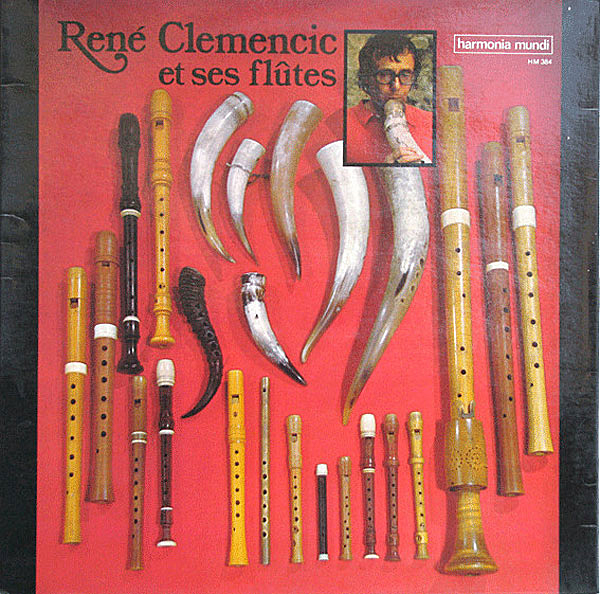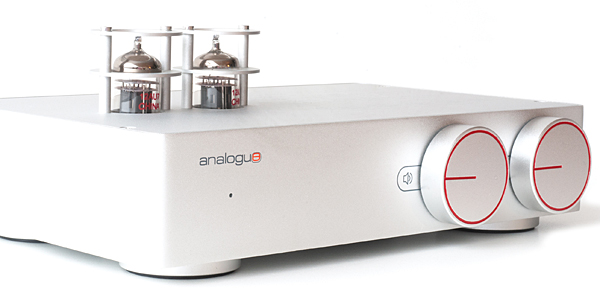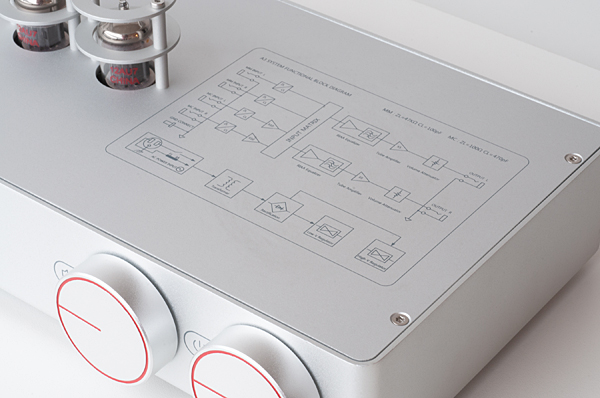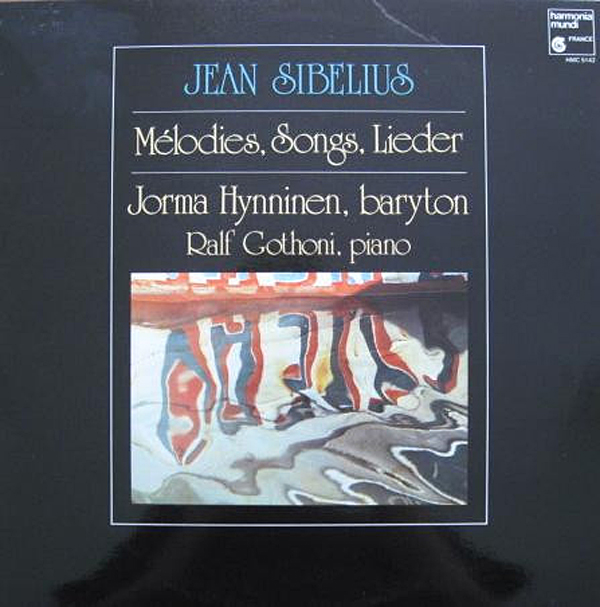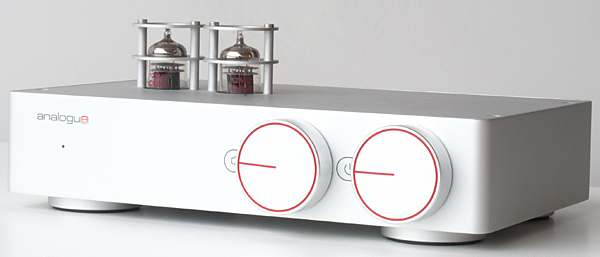| Columns Retired Columns & Blogs |
When someone mentions a Kondo Ongaku, or a Marantz 8B, or a Mark Levinson ML-2, I can, for at least a moment, hear these amplifiers playing music through speakers. For the sake of this story, I hope you have memories like that.
Yes Herb, I'm right there with you. (And I'm sure many others are too.) Memory is a magical thing: I can transport myself back to times and places and picture them, and the images retain their soundtracks, right down to the texture of bass and treble and the acoustics of the room. Some of my happiest sonic souvenirs:
The palpable magnetic tape texture of Kraftwerk playing via a McIntosh MA-6100 into monolithic Sony SS-G9 speakers in the basement at home in Hokkaido; the glorious warmth of a Charlie Parker record on a Victor direct-drive going via a Luxman SQ-707 into a pair of KLH Model Sixes whose tweeters had been replaced with silky Coral paper cones, in my attic with its wacky acoustics (imagine a room the dimensions of a Toblerone); the all-enveloping 30Hz bass waves of King Tubby filling my living room through a pair of Technics SB-7000s...
I could go on! Actually, I think Abba (!) put it best:
Thank you for the music, the songs I’m singing.
Thanks for all the joy they’re bringing.
Who can live without it?, I ask in all honesty.
What would life be?
Without a song or a dance, what are we?
So I say thank you for the music,
for giving it to me
